|
When we think of climate change, more often than not the first images that pop into our minds involve large blocks of ice crashing into the icy blue waters of the Arctic Ocean, or fragmented sheets of ice floating atop it.
Over the past few decades, depleting Arctic ice has opened up new shipping routes, making the area more accessible for oil extraction but highly prone to oil spills and therefore more dangerous for the wildlife there. Climate change is exposing the plants, birds and mammals of the Arctic to new contaminants.
Today in The Conversation Canada, Jennifer Provencher and Yasmeen Zahaby of Carleton University write about their newly created tool — the ToxChip — that can detect the effects of various contaminants on the DNA of two seabird species in the region. They believe the ToxChip could help detect and reduce the impacts of oil pollution on all animal species in the future.
And do you listen to podcasts? The Conversation Weekly would like to hear about your favourites — or why you don’t listen to them. Please take this five-minute survey.
Also today:
Thanks for reading,
|
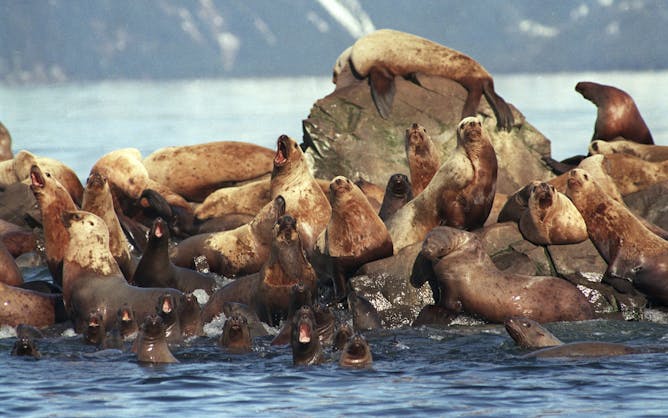
Sea lions, otters and birds were some of the many wildlife species that were hit hard by the 1989 Exxon Valdez oil spill in Alaska. Oil spills like these expose the wildlife to new contaminants and can be fatal.
(AP Photo/Jack Smith, File)
Jennifer Provencher, Carleton University; Yasmeen Zahaby, Carleton University
ToxChips study the changes in the DNA of animals exposed to contaminants, like those found in oil spills.
|
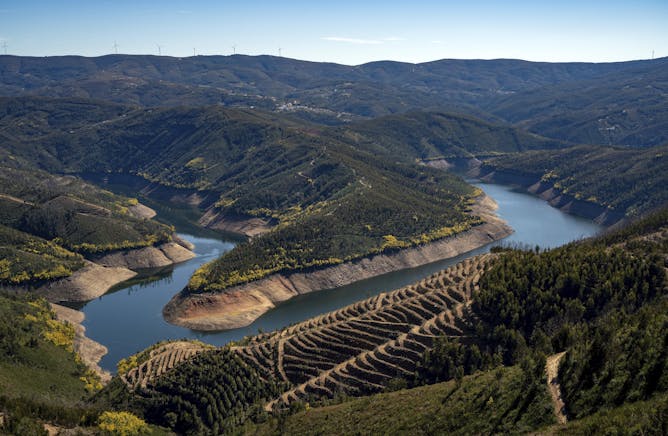
Portugal has seen little rain since October 2021. By the end of January, 45 per cent of the country was enduring ‘severe’ or ‘extreme’ drought conditions.
(AP Photo/Sergio Azenha)
Margot Hurlbert, University of Regina
If the world overshoots its climate targets, drought could cause dryland areas to expand by a quarter and encompass half the Earth’s land area, threatening lives and livelihoods.
|
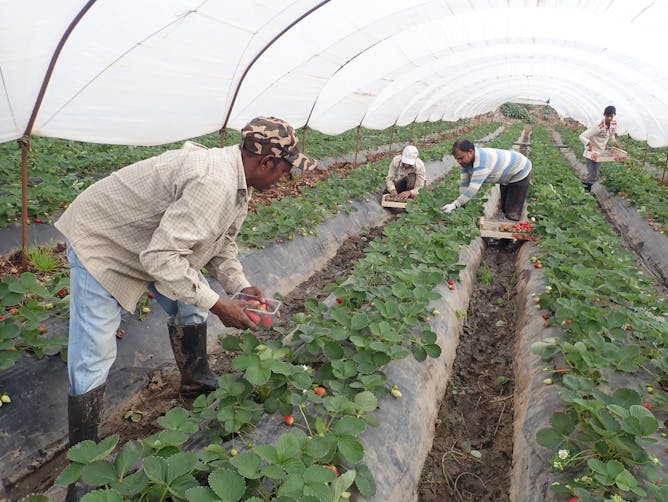
Migrant men work in the strawberry fields.
(This is Evidence)
Reena Kukreja, Queen's University, Ontario
Undocumented migrant workers use Photovoice to share their experience working and living in Greece.
|

Tipping reshapes the relationship between workers and their managers, and workers and consumers. In doing so, it has wide-ranging effects on workers.
(Shutterstock)
Simon Pek, University of Victoria
The future of tipping should be defined by Canadians, not businesses seeking to shift responsibility for worker compensation onto consumers.
|
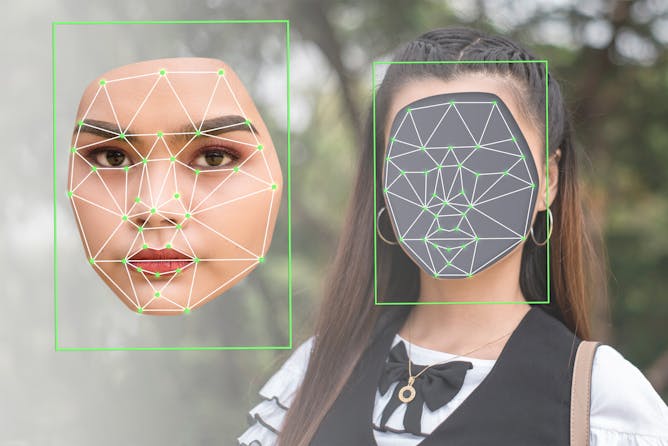
Technology that can produce deepfakes is widely available.
(Shutterstock)
Sze-Fung Lee, McGill University; Benjamin C. M. Fung, McGill University
Deepfakes — manipulated images of people — can be difficult to distinguish from the real thing, and this has terrifying consequences for democracy.
|
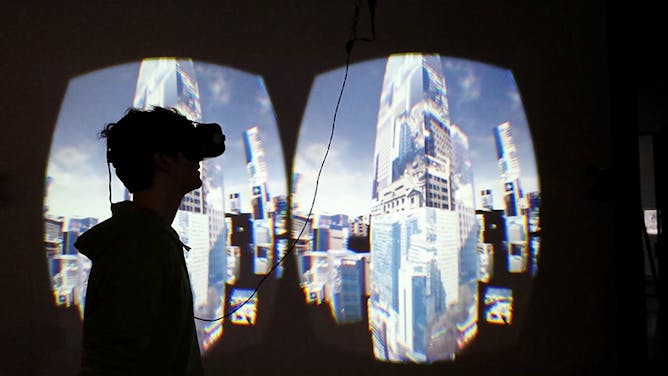
Un avenir marqué par le métavers risque de changer fondamentalement comment l'on opère au quotidien.
Marc Lee/Wikimedia Commons
Mischa Young, Université de l'Ontario français; Sarah Choukah, Université de l'Ontario français
Les nouvelles réalités virtuelles changent la façon dont nous interagissons avec nos espaces urbains. Comment le métavers rendra-t-il certains aménagements urbains redondants et d’autres indispensables ?
|
Ukraine Invasion
|
-
Michael A. Allen, Boise State University
Western officials say that Russia may officially declare war on Ukraine on May 9. An international relations expert explains why this day is significant, and why a war declaration would matter.
-
Olga Oleinikova, University of Technology Sydney
Russia’s invasion isn’t only devastating the lives of ordinary Ukrainians but is also disrupting global supply chains and increasing poverty around the world.
-
Jordan Cohen, George Mason University
An arms trade expert explains the wide variety of military aid nations around the world have sent to Ukraine.
|
|
COVID-19
|
-
Isobel Routledge, University of California, San Francisco
Your blood can hold a record of past illnesses. That information can reveal how many people have had a certain infection – like 58% of Americans having had COVID-19 by the end of February 2022.
|
|
Politics
|
-
Boniface Ushie, African Population and Health Research Center; Kenneth Juma, African Population and Health Research Center
For countries that look to the US for guidance and for funding, the consequences will go beyond abortion.
|
|